Previous Projects
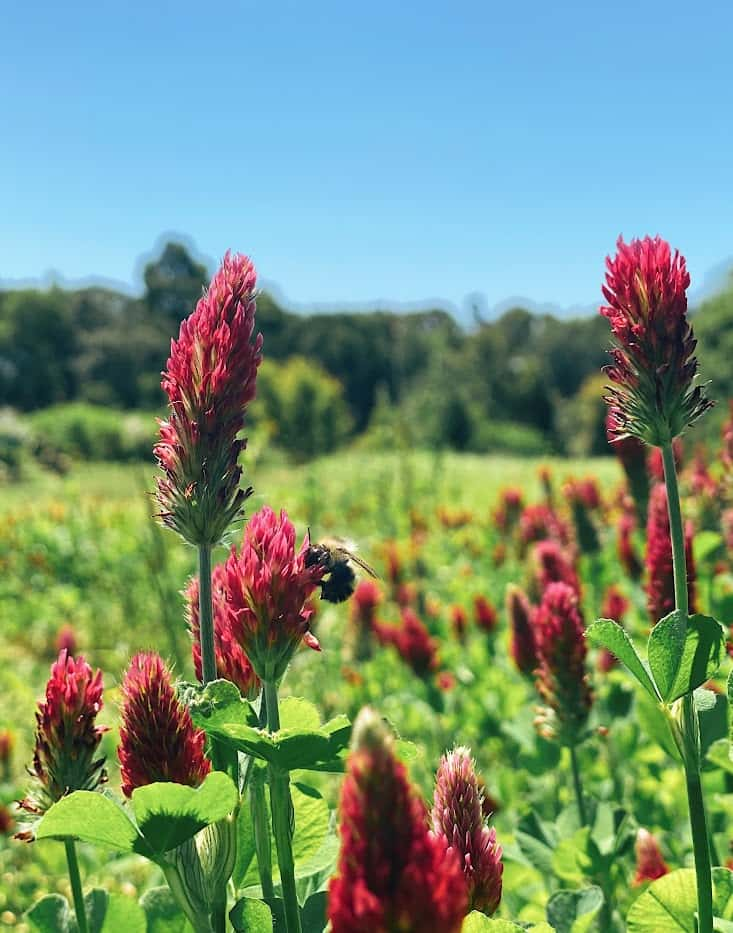
Clover project
In 2022, we assessed bee abundance and diversity on four flower species: white clover (Trifolium repens), red clover (Trifolium pratense, cultivars: ‘medium’ and ‘mammoth’), crimson clover (Trifolium incarnatum), and common selfheal (Prunella vulgaris) based on their observed attractiveness to various bumble bee species, including several species currently found in Rhode Island.Learn More
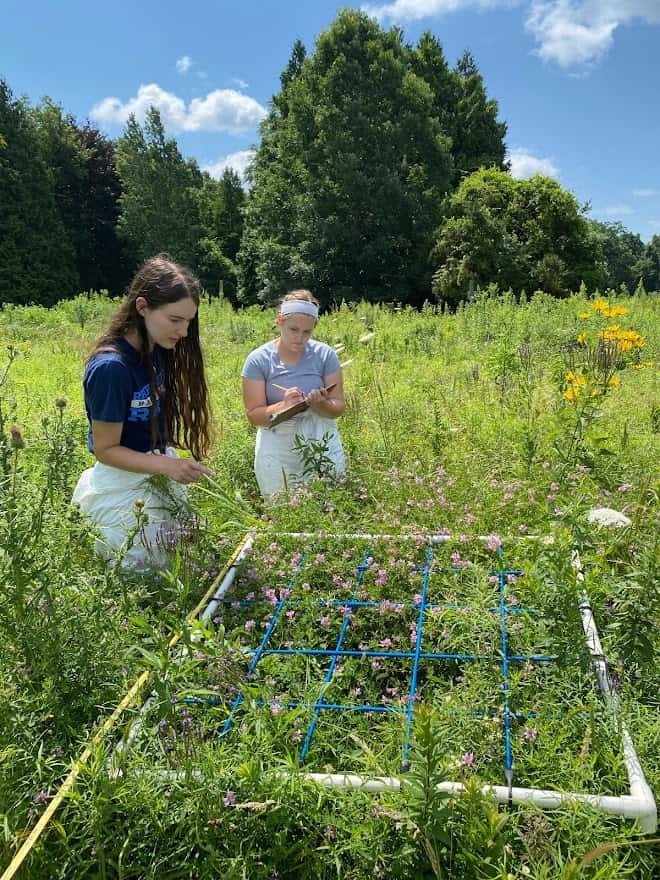
Bumble bee survey of Rhode Island
The URI Bee Lab recently completed the first Bumble Bee Survey of Rhode Island, headed by recent URI graduate Elizabeth M. Varkonyi. Twelve bumble bee species were historically (1900-1999) found in Rhode Island …Learn More
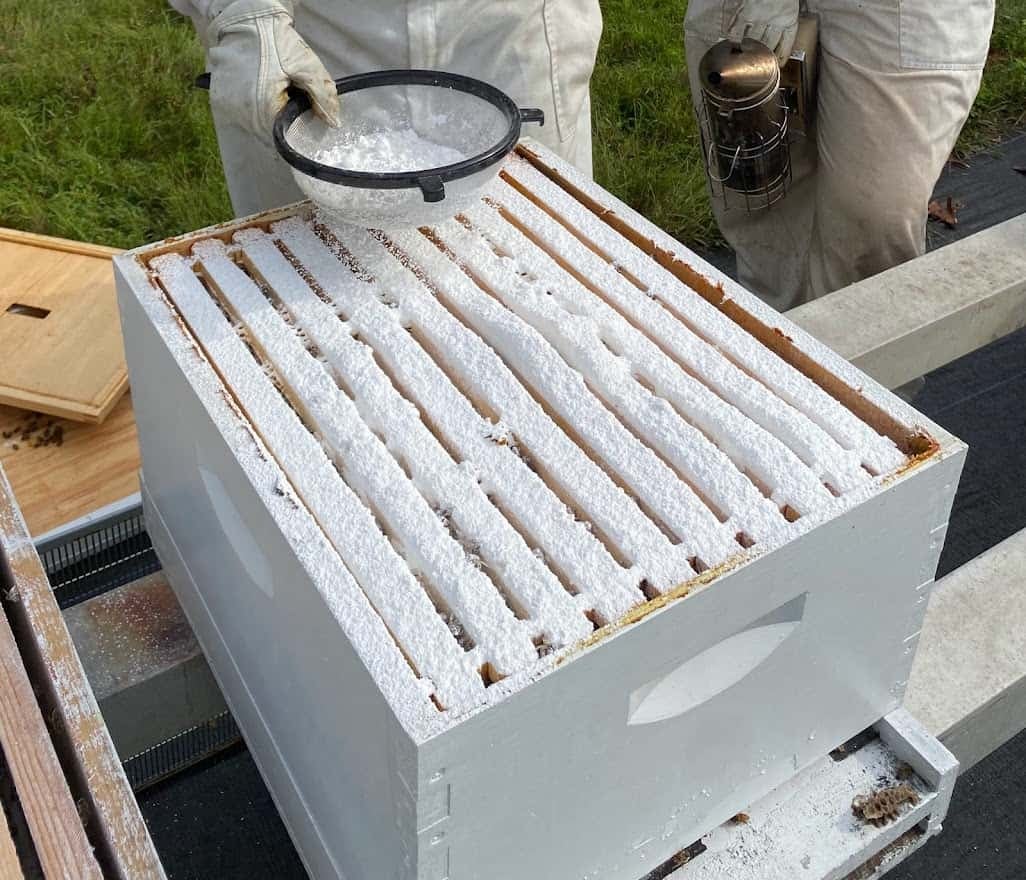
Varroa mite management: powdered sugar and heat
The parasitic varroa mite, Varroa destructor, is a global threat to honey bee health and the leading cause of honey bee (Apis mellifera) colony mortality. In the constant battle against varroa, many apiarists turn to… Learn More
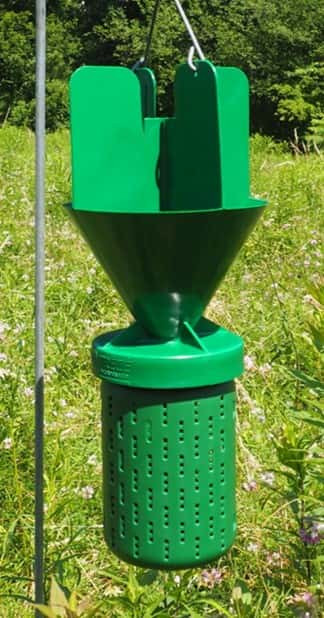
Minimizing bee bycatch in Japanese beetle traps
Native and managed bees were attracted to and captured in commercially available Japanese beetle traps baited with floral lure components containing geraniol, eugenol, and phenethyl propionate. We found that removing geraniol…Learn More
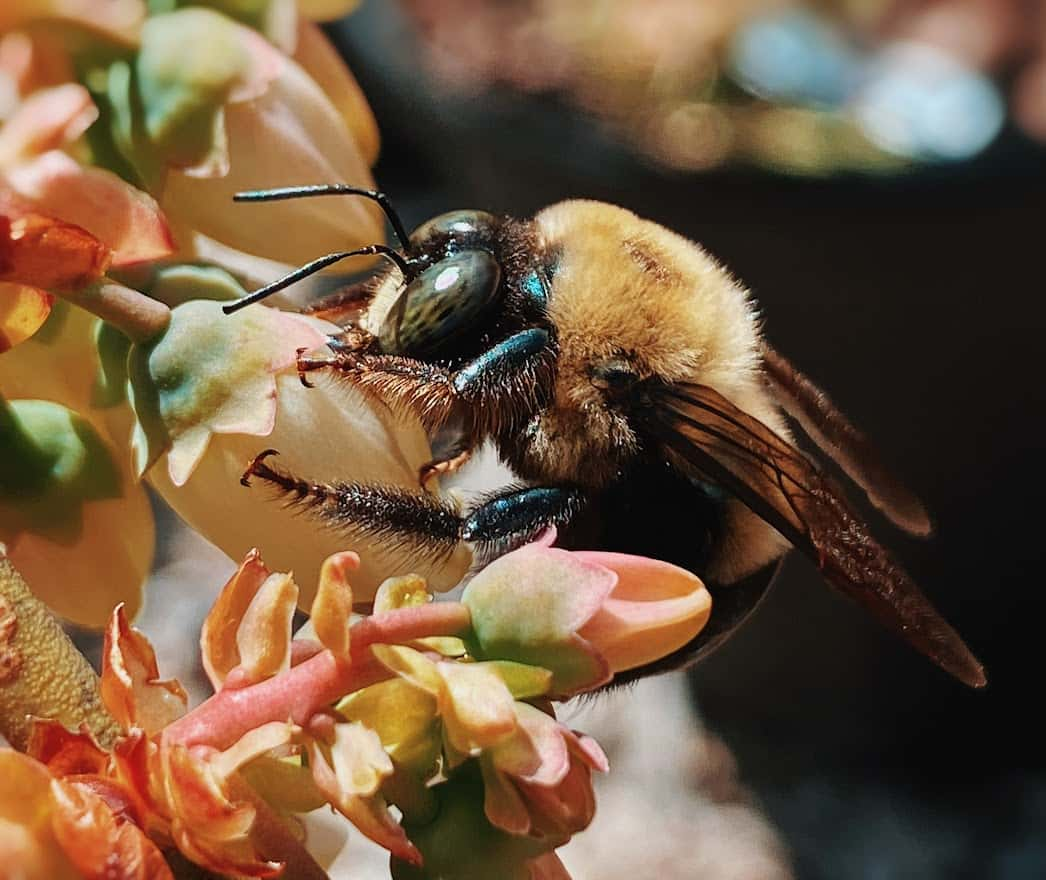
Effect of nectar robbery by the Eastern carpenter bee
Eastern carpenter bees, Xylocopa virginica, are among the most abundant native bee visitors to highbush blueberry, Vaccinium corymbosum, flowers in the northeastern United States, and they sometimes display corolla-slitting behavior to rob nectar.Learn More
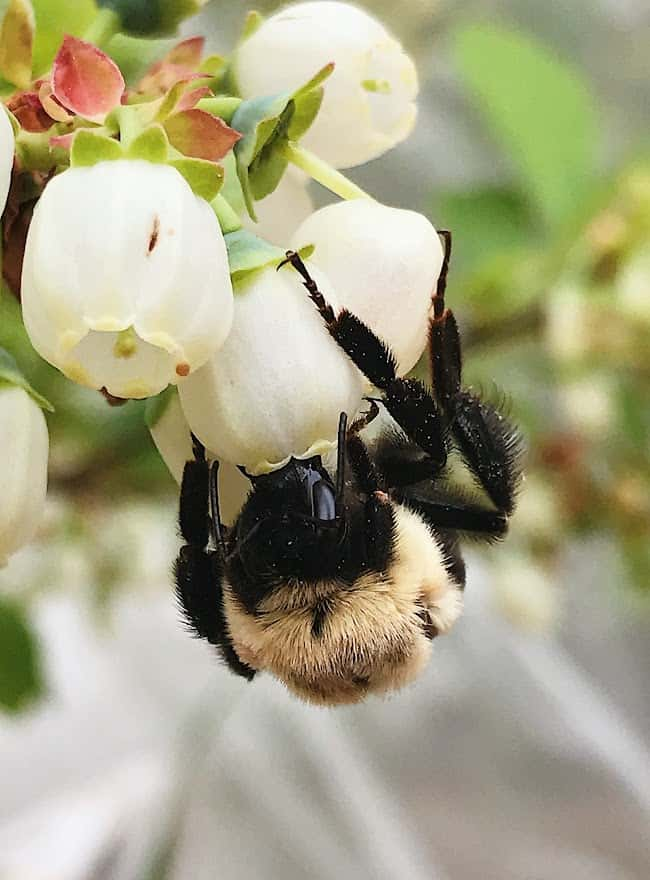
Native bee diversity in cultivated highbush blueberry in Rhode Island
We identified 41 species of native bees from a total of 1,083 specimens collected at cultivated highbush blueberry plantings throughout Rhode Island in 2014 and 2015. Andrena spp., Bombus spp., and Xylocopa virginica were collected most often.Learn More
